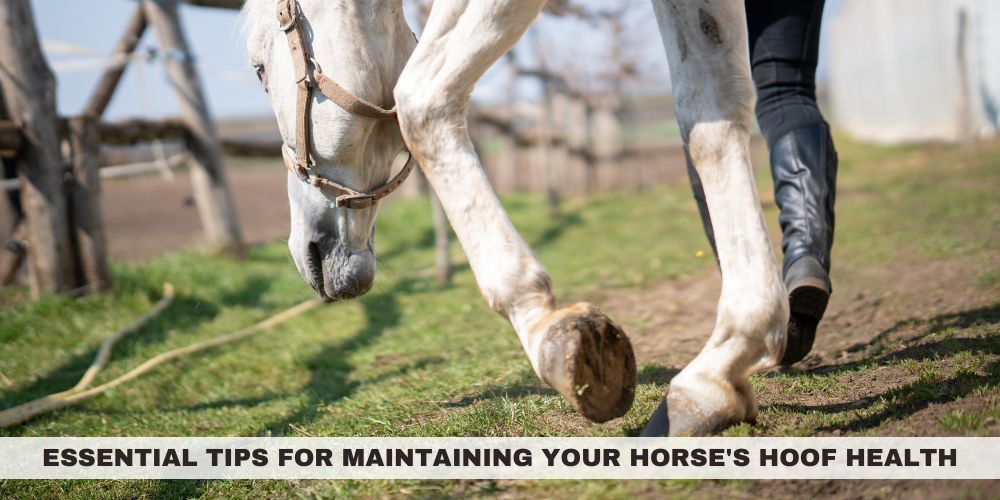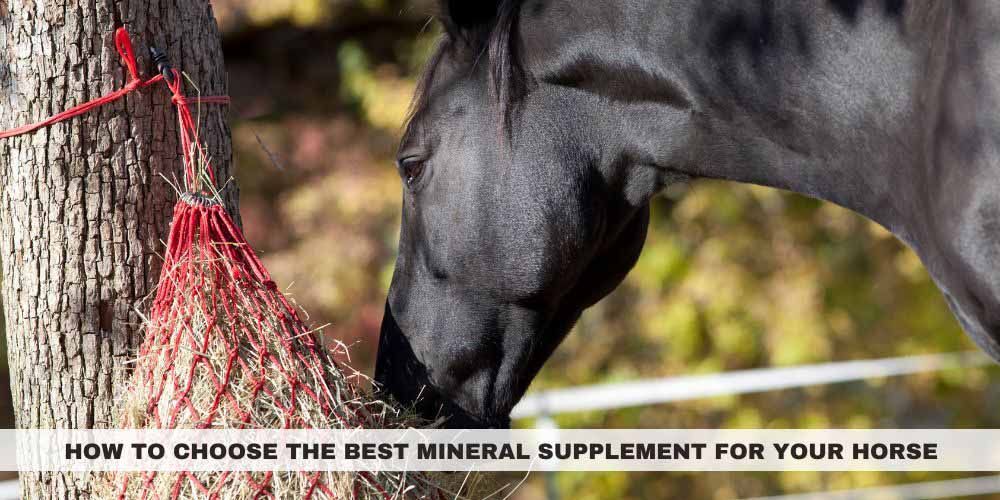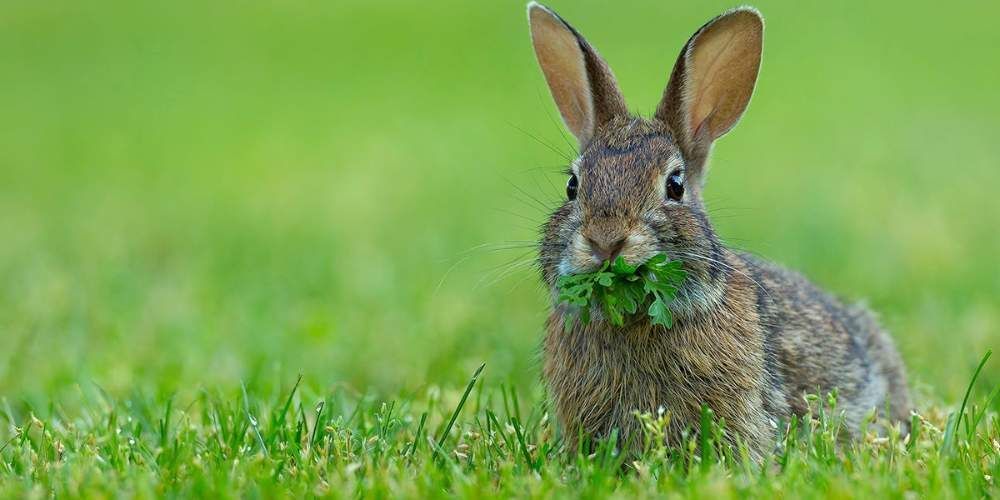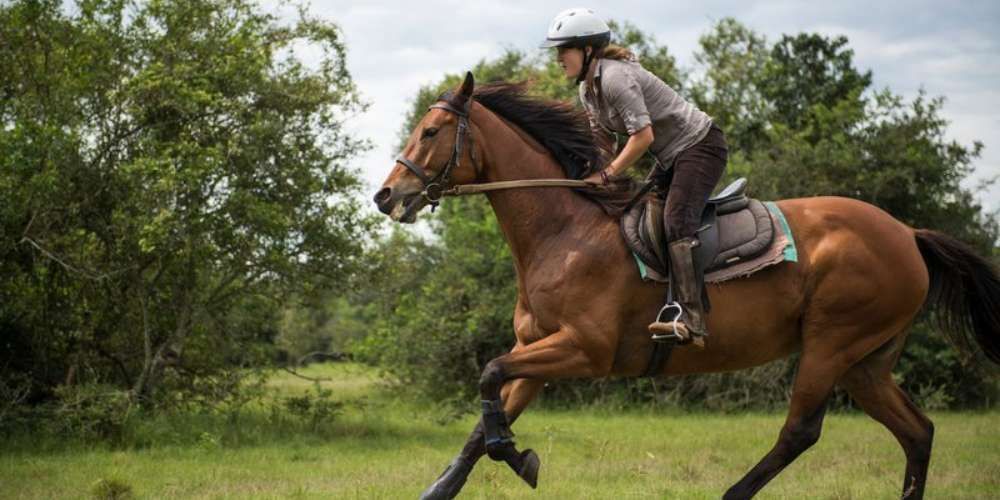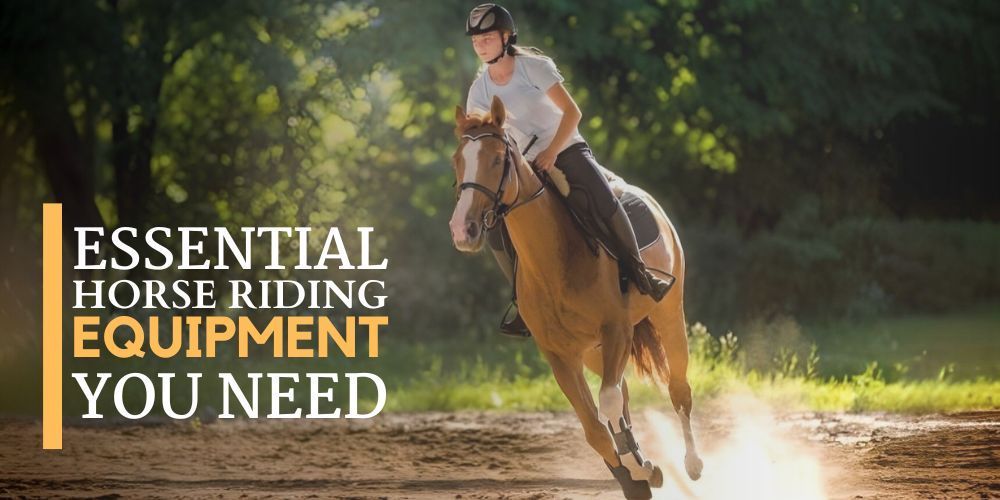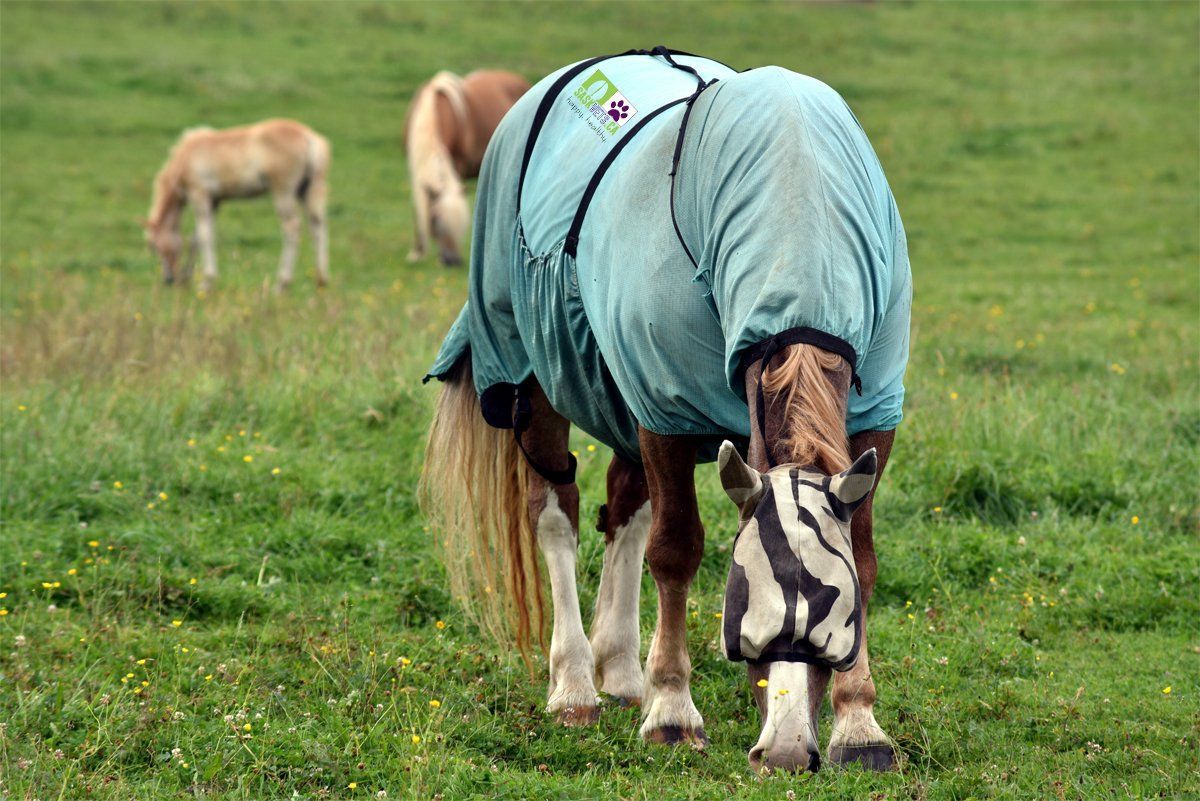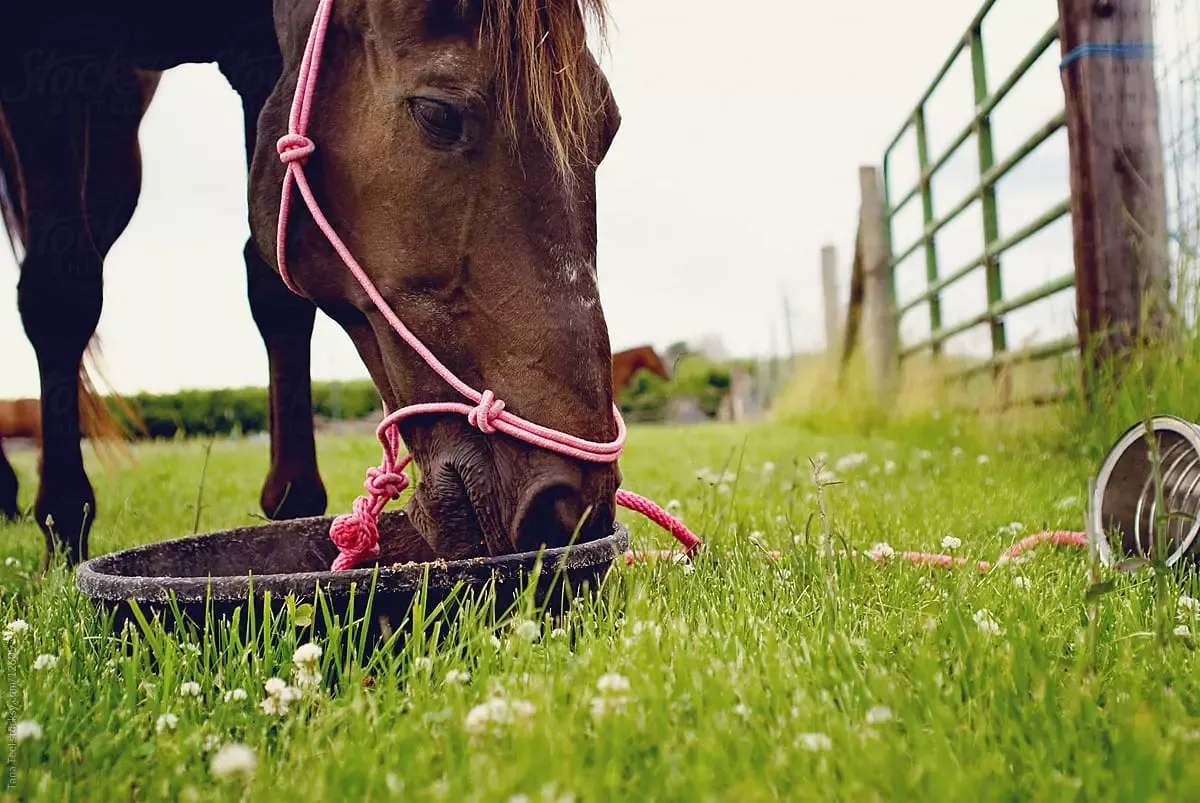Causes of Common Horse Injuries and How to Prevent Them
Horses are sturdy animals with sharp coordination and lightning-fast speed, but they require care and attention to keep them healthy and active. If you and your horse participate in sporting events such as dressage, rodeo, racing, polo, and other high-impact activities, then you need to extra take care to prevent both minor and major injuries. For this purpose, we have compiled this information on common horse injuries so you can gain a better understanding of how to prevent them.
Common Causes of Horse Injuries
Generally, horses sustain injuries because of repetitive movements or impacts. Here are some more specific causes. In relation to impact injuries, horses can misplace their hoof while running or jumping, especially in the situation of competition. When a horse missteps on uneven ground, then they might strain or sprain a ligament or tendon.
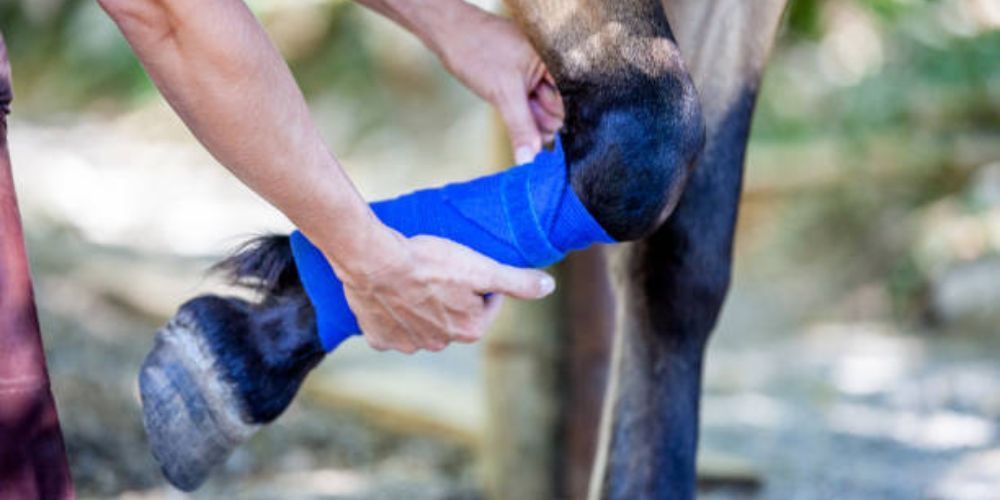
Types of injuries include:
● Tears or inflammation of the deep digital flexor tendon (DDFT) as a result of jumping
● Injuries to the navicular bone and ligaments in the hoof also from jumping
● The development of arthritis in the neck, spine, fetlocks, and hocks from repetitive movements
● Inflammation of the sesamoid bones from the movements related to barrel racing or horse racing
● Scarring of the synovial pad which is caused by repeated trauma to the joints
Furthermore, injuries can also stem from poor training or condition of the horse which is why close attention is required during either task.
Effective Prevention Strategies
Effective prevention techniques to protect horses from injuries is to use of appropriate horse equipment. Investing in quality horse equipment can significantly reduce the risk of injuries and promote overall equine well-being. Equine-specific feeders also aid a balanced diet, reducing injury susceptibility. Now we will discuss some specific prevention strategies.
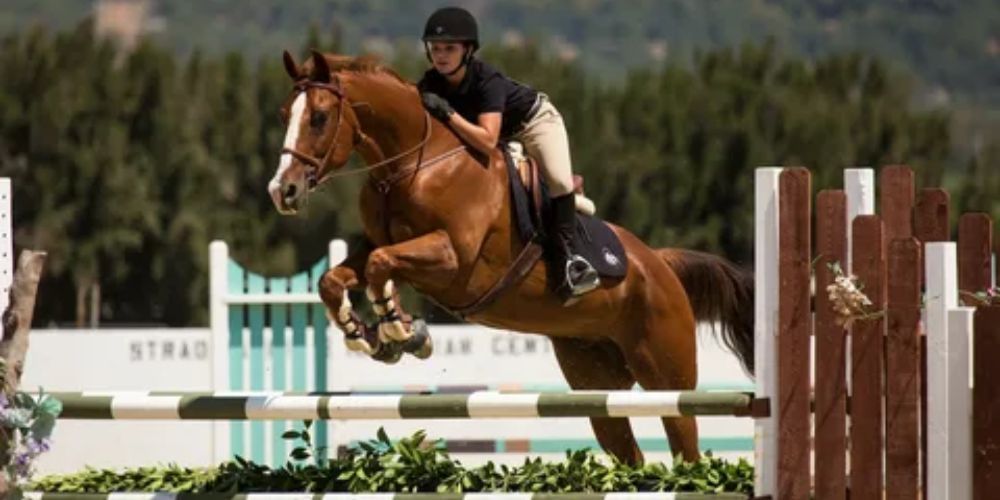
DDFT Prevention
One fix is to trim down the heel just enough to allow for DDF stretching. Of course, if your horse is older or has issues with hoof dishing, then you shouldn’t attempt to trim the heel. Instead, you might try massaging (Or better yet, hire an equine massage therapist) the DDF muscles to relieve the tension. If the tension continues to be a problem by the time your horse turns 8 to 10 months of age, then surgery, also known as a distal accessory desmotomy may be needed as a last resort. However, this is not an option for older horses. Finally, you’ll need to be mindful of the horse’s diet to prevent mineral deficiencies that contribute to the onset of DDFT.
Prevention of Navicular Bone and Ligament Injuries
The best way to prevent injuries to the navicular bone and ligament involves maintaining balanced support of the foot and heel. Most importantly, you’ll need to exercise your horse on solid, level ground with no tripping hazards. And although this factor may directly contribute to the prevention of bone and ligament problems, you should still watch your horse’s diet and weight. Staying at the ideal weight and receiving the proper conditioning will decrease tension in the ligaments and tendons while not avoiding strain in the hooves.
Arthritis Prevention
The most important tip is to never overwork your horse. With that in mind, exercise can be beneficial as long as you pay close attention to your horse’s movement and response. Plus, you will need to make sure your horse goes through an adequate warm-up and cool-down to prevent muscle strain and soreness in the joints. You can also consult with your vet about supplements that promote healthy joint fluid.
Prevention of Inflammation of the Sesamoid Bones
The best prevention for this condition is keeping your horse from performing overly strenuous exercise such as continuous running or jumping especially on hard surfaces. In addition to managing your horse’s weight, you’ll also need to treat bruises and muscle strains immediately to facilitate rapid recovery. But if your horse is showing signs of inflammation and injury to the sesamoid, stall rest becomes crucial along with following your vet’s recommendations. This might involve alternating heat and cold to ease inflamed areas. The doctor may also prescribe anti-inflammatory medication.
Prevention of Scarring of the Synovial Pad
Again, the most effective manner of preventing scarring of the synovial pad is to discontinue barrel or track racing. Nonetheless, if your horse is already participating in these activities, then supportive boots and proper hoof care are vital to maintaining agility. Regular visits to the vet’s office are also important, but you should not allow your horse to compete if his behavior involves circling or refusing to go into the arena. These are sure signs of a possible injury to the synovial pad or another part of the leg or hip.
Promoting Safety Culture and Education
No matter what activities your horses take part in, promoting a culture of safety, respecting the animal, and educating yourself about preventing horse injuries should be your number one priority. You would benefit from establishing an equine safety program to protect both horses and riders. This includes a hazard assessment of the premises and procedures for dealing with these hazards so as to create the safest environment possible for horses and their humans. Also included is continuing education on how to prevent injuries from occurring and how to administer first aid until a veterinarian can examine your horse.
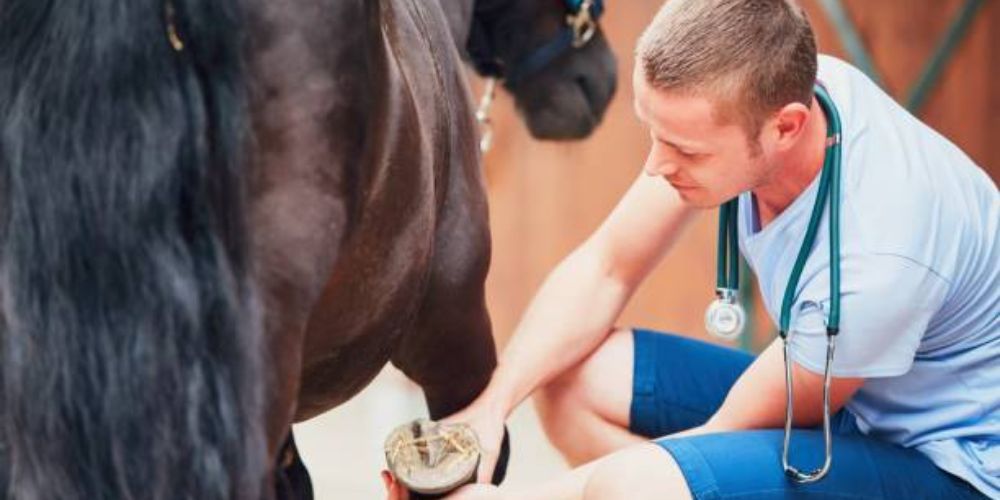
Conclusion
Horses are amazing animals with their own unique personalities. While they are quite expressive, they cannot tell us what is hurt or ailing them. Because of this, being familiar with the causes of horse injuries allow us to gain valuable knowledge about how to prevent early joint and muscle deterioration.
American Horse Products was launched in 1999. With our 11,000-square-foot store in San Juan Capistrano, American Horse Products offers the largest inventory of English and Western products and feed in Orange County, California.
FOLLOW US
PRODUCTS
SERVICES
CONTACT US
BUSINESS HOURS
Monday - Friday : 10:00 AM - 5:00 PM
Saturday - Sunday 10:00am -4:oop,m
All Rights Reserved | American Horse Product


